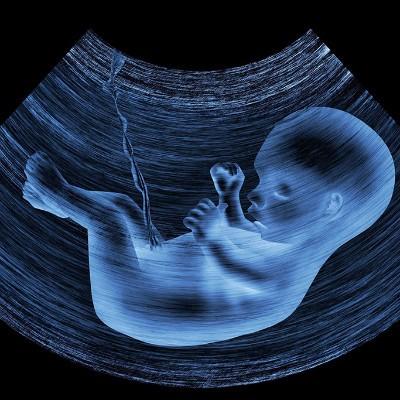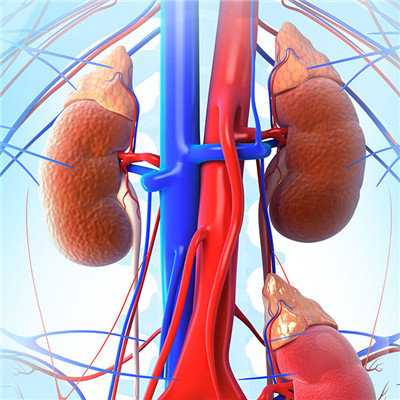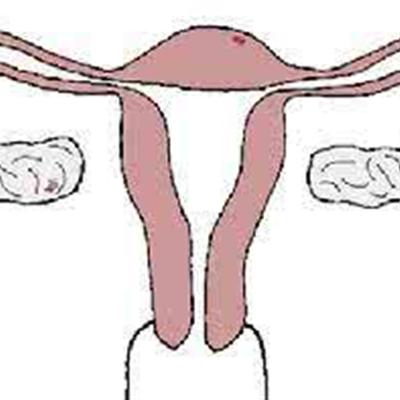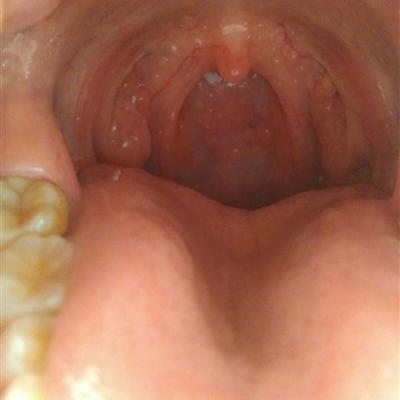What symptom does sternal stalk tumor have?
summary
Chest wall bone tumor is a rare disease, accounting for about 7% - 8% of the total body bone tumors. Most of the chest wall bone tumors are malignant. 85% - 90% of them occur in the ribs and 10% - 15% in the sternum. The ratio of male to female is 2 ∶ 1. Chest wall bone tumors can occur at any age. The older the age, the higher the possibility of malignancy. What symptom does sternal stalk tumor have? Let's talk about it
What symptom does sternal stalk tumor have?
Most of bone tumors are asymptomatic. If there are symptoms, the main manifestation is pain. There may be obvious changes in physical signs, such as changes in the shape of sternum, local protrusion or hard mass. Some metastatic tumors may show ulceration. Common CT examination showed chest mass with changes of sternal stalk and sternal body. MRI showed obvious destruction of bone and soft tissue mass. PET-CT examination can find obvious image color changes of malignant sternal tumors. In addition, there will be pathological changes.

Most of bone tumors are asymptomatic. If there are symptoms, the main manifestation is pain. There may be obvious changes in physical signs, such as changes in the shape of sternum, local protrusion or hard mass. Some metastatic tumors may show ulceration. Common CT examination showed chest mass with changes of sternal stalk and sternal body. MRI showed obvious destruction of bone and soft tissue mass. PET-CT examination can find obvious image color changes of malignant sternal tumors. In addition, there will be pathological changes.

Chest wall tumor refers to the tumor occurred in the deep tissue of the chest, including bone, periosteum, muscle, blood vessels, nerves and other tissues, but does not include skin, subcutaneous tissue and breast tumor. Chest wall tumors can be divided into primary and secondary types. Primary tumors can be divided into benign and malignant types. Primary benign tumors include lipoma, fibroma, neurofibroma, schwannoma, fibrous dysplasia of bone, osteofibroma, chondroma, osteochondroma and bone cyst; The most common primary malignant tumors are fibrosarcoma, neurofibrosarcoma, angiosarcoma, rhabdomyosarcoma, chondrosarcoma, osteosarcoma, osteochondrosarcoma and malignant giant cell tumor of bone. Secondary chest wall tumors are almost all metastasized from malignant tumors in other parts, often resulting in local destruction or pathological fracture of ribs, causing pain, but most of the local masses are not obvious, mainly metastatic cancer.

matters needing attention
The long-term survival rate is 50% - 70%. The prognosis of chondrosarcoma is the best. The wider the range of resection, the better the prognosis. Postoperative radiotherapy and chemotherapy can improve the survival.












